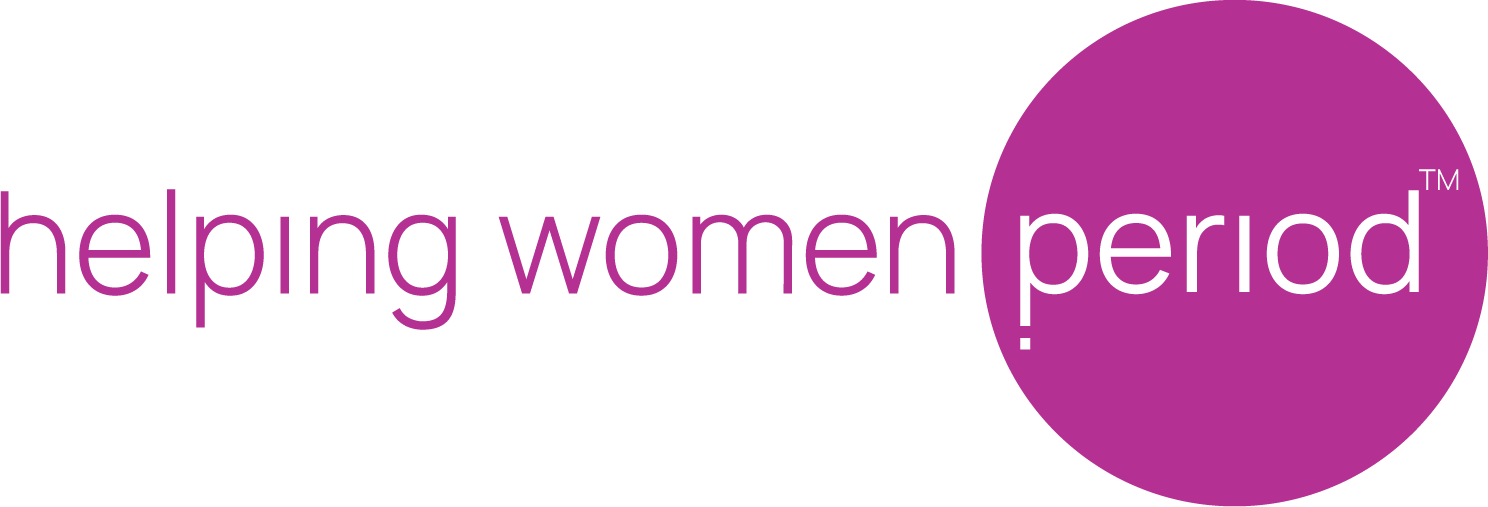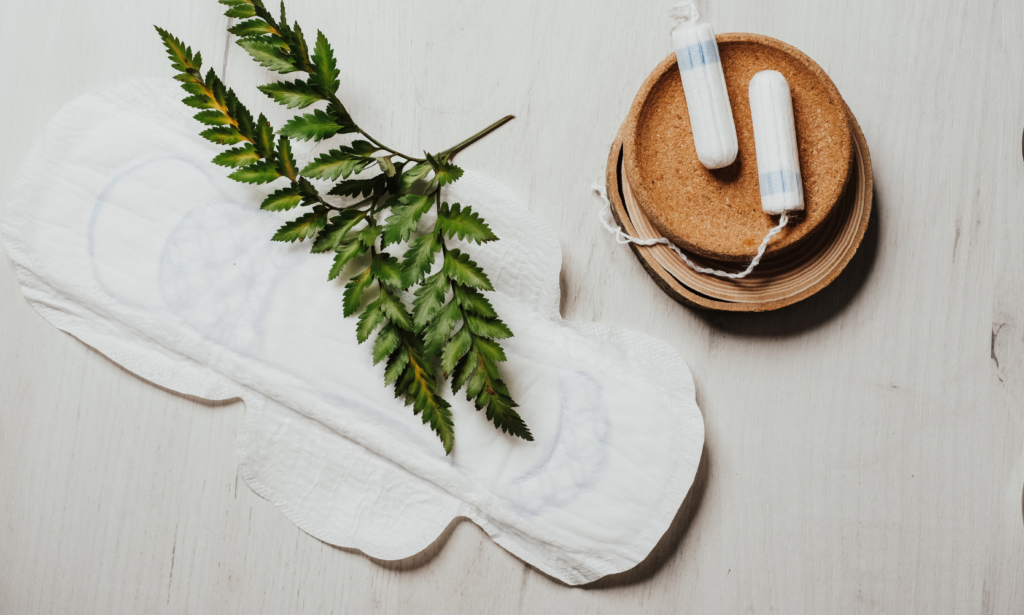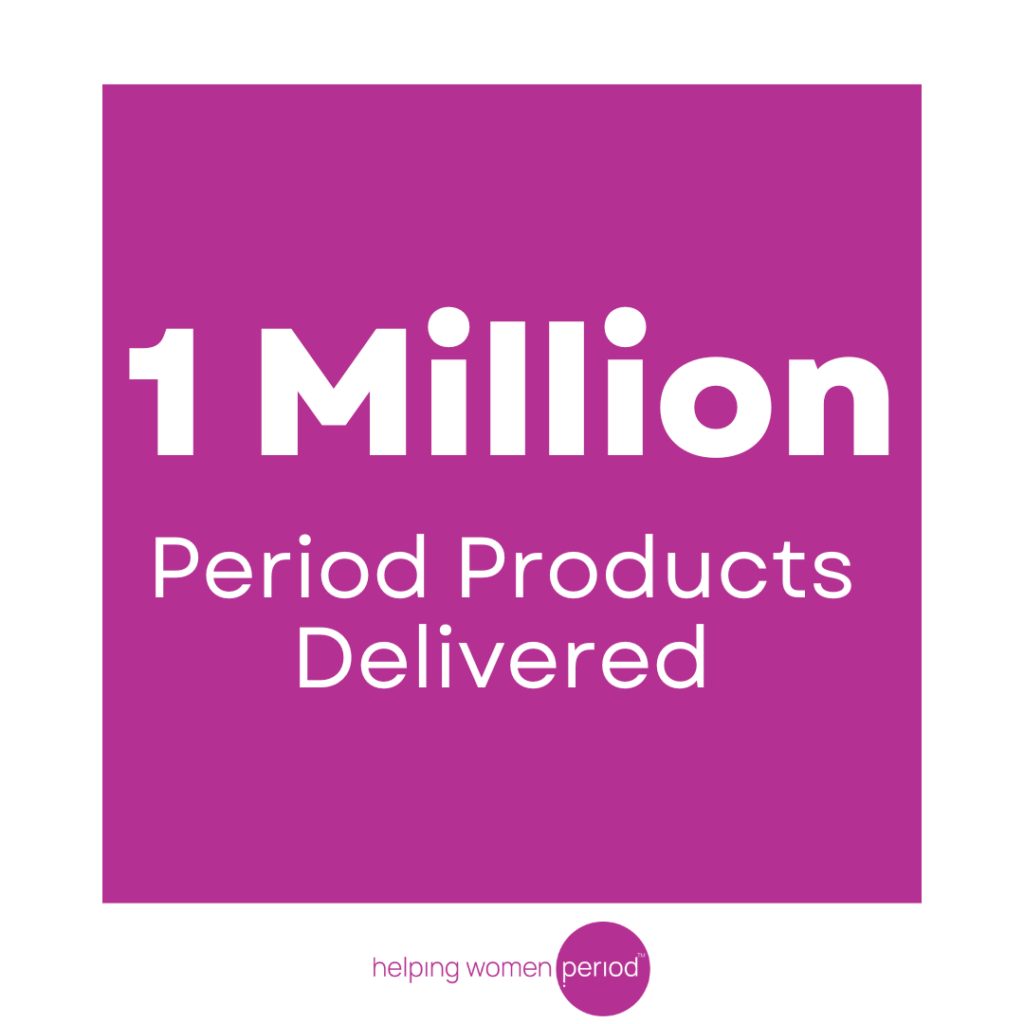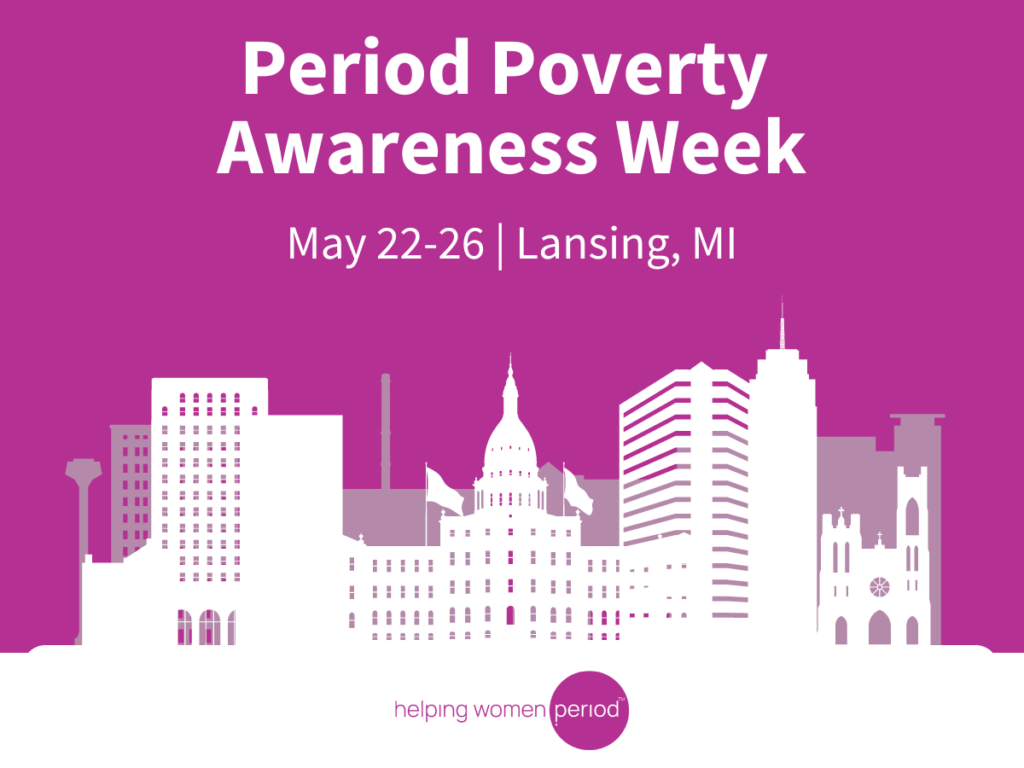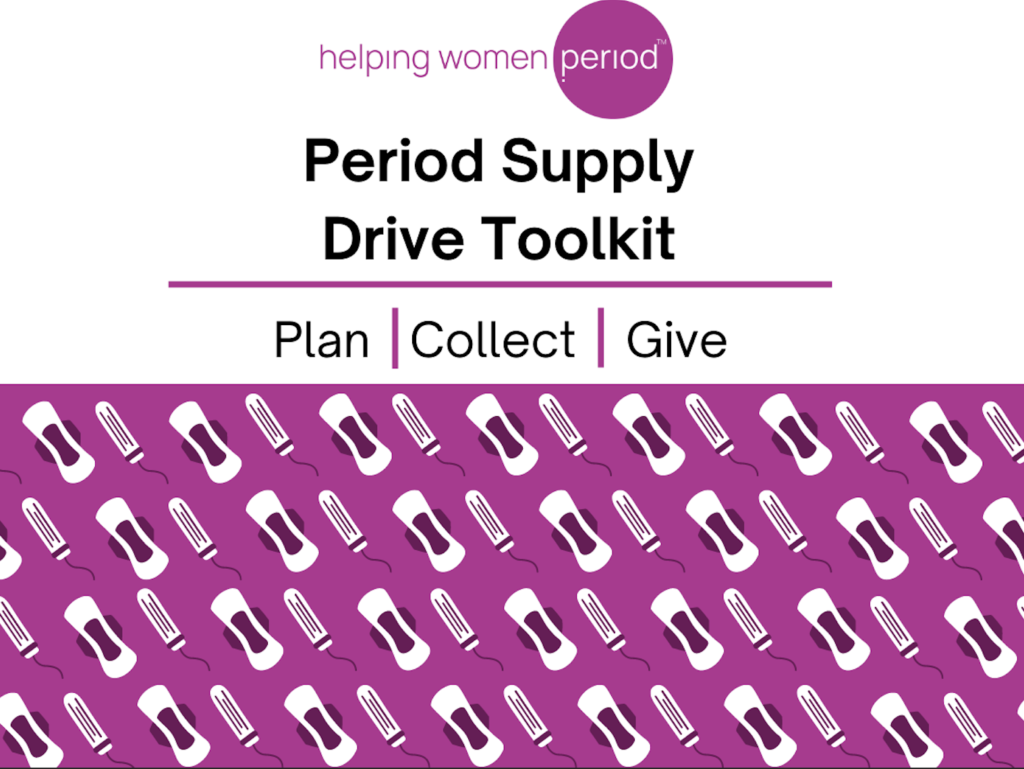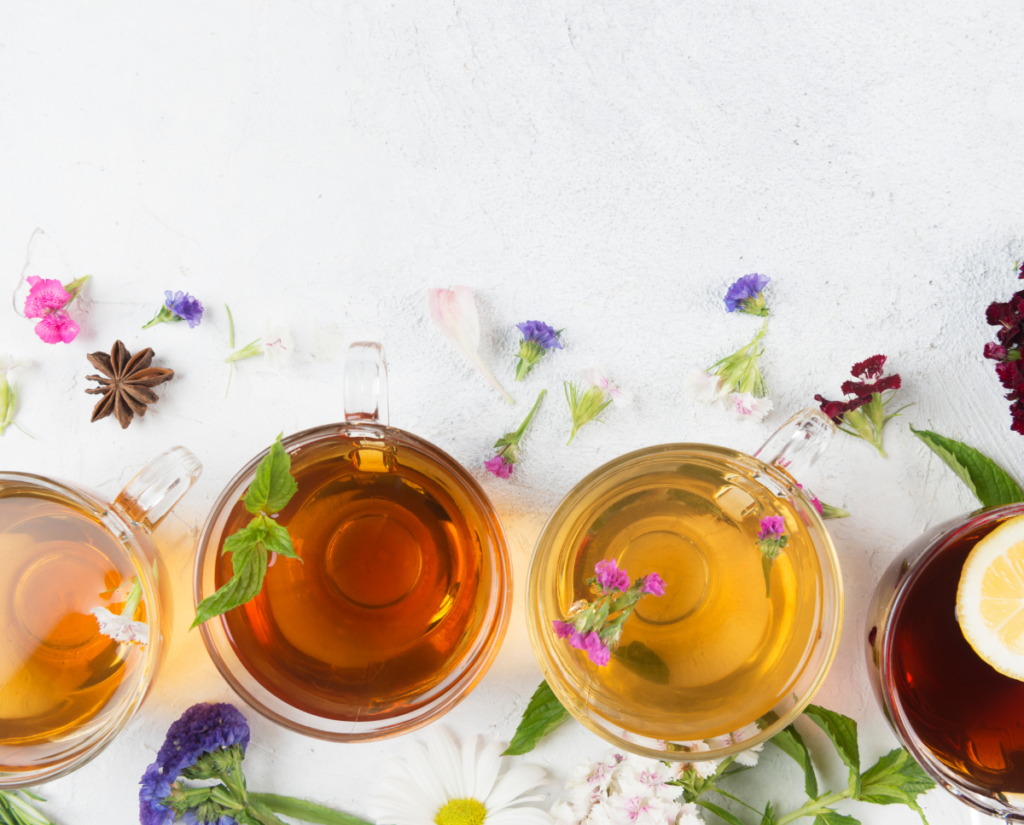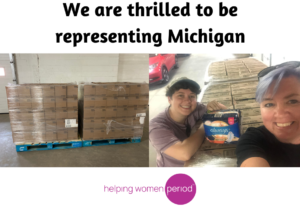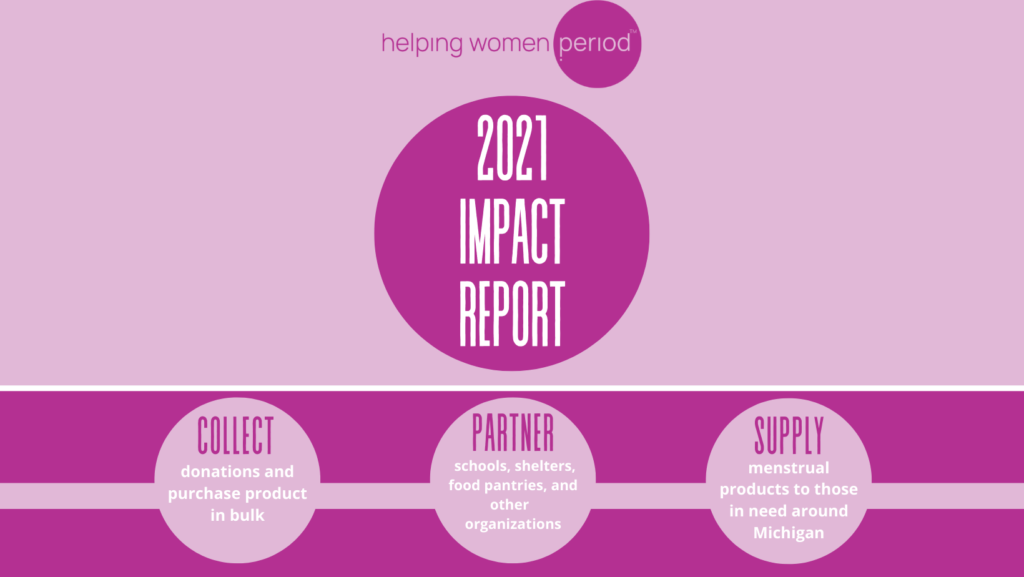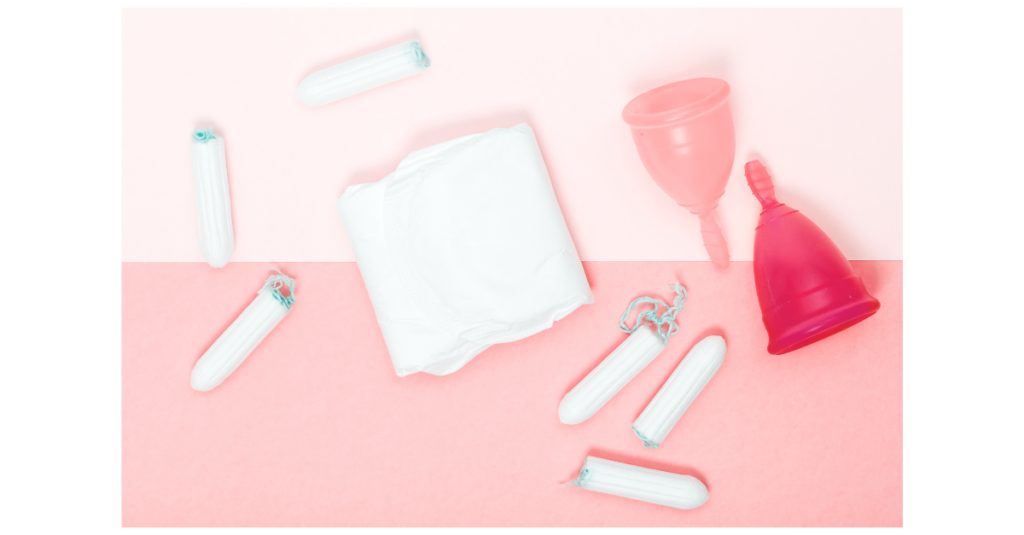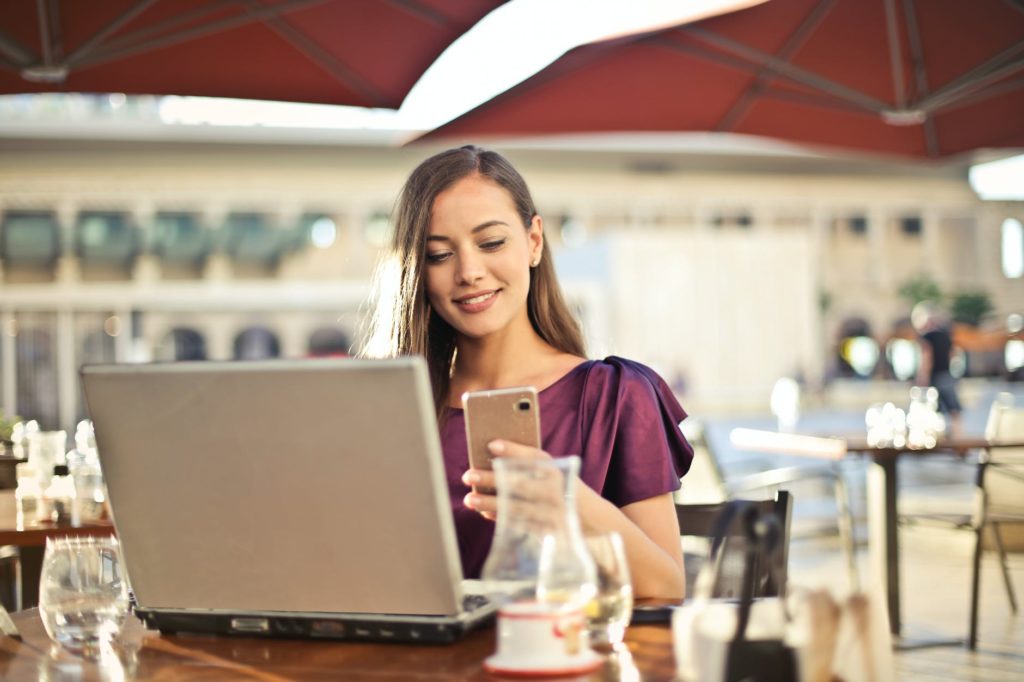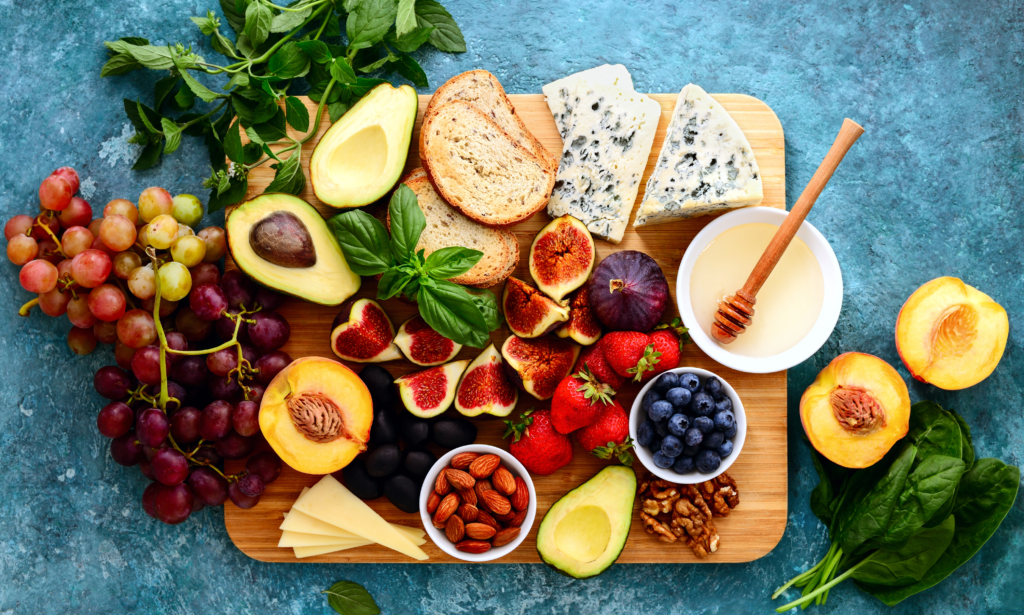
In a Pickle? How Menstrual Cravings Lead to Unconventional Snacking
Your menstrual cravings actually mean something. Find out what your body needs when you’re craving a particular food before or during your period.
Craving Carbohydrates
Many menstruators start craving carbs the day before and leading up to their period. This craving can be caused by a serotonin deficiency, and if it’s particularly bad, a healthcare provider may prescribe selective serotonin reuptake inhibitors (SSRIs) to help relieve the symptoms of premenstrual syndrome.
Serotonin is a hormone that’s generated in the center of our brainstems, and it plays a large role in controlling our moods. Foods rich in carbohydrates, like sweet potatoes, bananas, lentils, quinoa, and beans, help your body produce insulin. This, in turn, gives tryptophan, an amino acid used in creating serotonin, a better chance of reaching your brain.
Searching for Something Sweet
Have you been craving chocolate, sodas, or sweets during your period or in the days leading up to it? If you have, the hormones that are more active during the luteal phase of your cycle may be the reason for this.
A 2016 study in The FASEB Journal revealed that, during the luteal phase, women who had higher estradiol, or oestrogen, levels craved sweet foods and drinks.
Seeking The Salt
Craving salty foods during your period is relatively common. However, upon further inspection, you may find that what you’re craving is whatever the salt is on.
Increasing your salt intake helps with a serotonin deficiency, reducing your cravings and giving you the hormonal boost your body needs.
How To Give Your Body What It Needs
Desiderius Erasmus, a Dutch philosopher in the 1500s, is credited with coining the phrase “Prevention is better than cure.” This little saying has gone on to become an essential principle of modern health care, and it’s intrinsic to social care and health strategies across the globe.
At its most basic level, the idea of a preventative approach to our general healthcare is to identify and address risks early enough to prevent them from becoming realized. Good health can be seen as an asset, not just for ourselves but for those around us, as everyone who’s been on the receiving end of a PMS-induced black mood can attest to! It’s important that, as menstruators, we protect and invest in this important asset.
You can try the following to ensure your cravings don’t make you go crazy:
- Seed-Cycling
Seed cycling means that you eat ground pumpkin seeds and flaxseeds from the first to the 14th day of your menstrual cycle, during the follicular phase. Then, you switch to easing sunflower and sesame seeds during the luteal phase, from day 15 to day 28.
Your estrogen levels are lower during your follicular phase, and flax and pumpkin seeds contain lignans. These can help increase your estrogen naturally while additionally providing your body with the fiber it needs to support the healthy metabolism of estrogen.
During the luteal phase of your menstrual cycle, your progesterone levels will rise and eventually peak. This hormone is the one you can blame for some of the worst PMS symptoms. It increases the likelihood of bloating, insomnia, and mood swings. Sunflower and sesame seeds contain lignans and essential fatty acids that support the hormones we need to carry us through the luteal phase.
All you need is two tablespoons of each of these seeds daily to ensure you can reap their benefits!
- Fill Up On Fatty Fish
Fish like tuna, anchovies, herring, salmon, and swordfish are rich in the essential fatty acid Omega-3. They have anti-inflammatory properties, so they’re great if you tend to bloat and can help you get in a better mood. Go ahead and order that sushi!
- Eat More High Fiber Foods
Fiber is important because it helps our bodies maintain a balanced hormonal state by grinding to estrogen and carrying it out of the body when we go to the bathroom. Think about adding more pulses and beans to the dishes you make at home. Baked beans on toast are a comfort food for good reason!
- Put Iron-Rich Foods On Your Plate
Menstruators lose blood during their menstrual cycle, and this can bring our iron levels right down. Get more iron-rich foods into your diet, but combine them with a source of vitamin C for maximum absorption. So eat more spinach, sweet potatoes, peas, beet greens, and string beans, but pair them with broccoli, Brussels sprouts, lemon, peppers, and potatoes.
- Make Magnesium-Rich Foods A Priority
Magnesium relaxes our muscles, so it’s a go-to for those of us who suffer cramps related to our menstrual cycle. To get more magnesium into your body, add avocado, dark chocolate, edamame, leafy green vegetables, and pumpkin seeds to your shopping list.
- Keep up Your Calcium Intake
An Obstetrics and Gynaecology Science study revealed how calcium positively affects those suffering from negative symptoms of PMS. Calcium is naturally found in many foods, including cheese, milk, and yogurt, and some have calcium added, like certain cereals, bread, and orange juice. Just make sure you’re eating and drinking fortified versions of these foods.
If you’re craving any of these foods, it’s your body’s reminder of how you benefited from getting some calcium the last time you had bad PMS symptoms.
- Increase Your Exercise
Any kind of physical activity will raise your serotonin levels and lower your cortisol levels, both of which are great for menstrual cravings and unpleasant symptoms in general. Experts recommend that we work out for at least half an hour between four and six times a week, but even a quick 10-minute walk will help to curb your cravings—and it can help to cure your cramps, too.
Eat Your Cravings Away
Now that you understand why you’ve come home with bags of candy, signed up for a pickle of the month club, or bulk-bought potato chips when you had PMS, it’s much easier to look after yourself at every stage of the menstrual cycle.
Cravings don’t have to drive you crazy, they’re just a way of telling you that you’re lacking something. Listen to your body, it knows what it needs!
